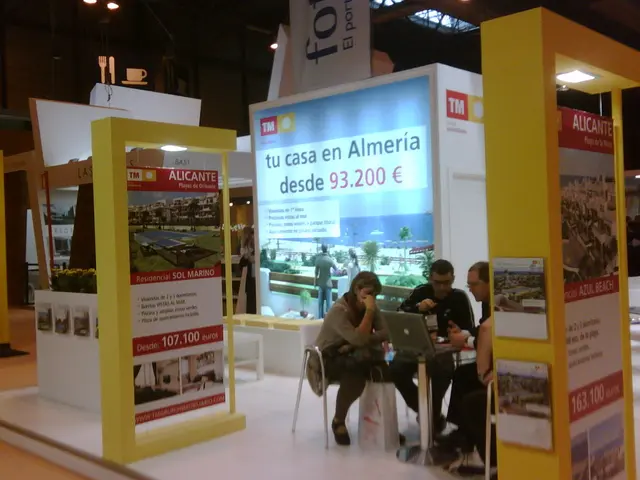Riga's Heating Costs Soar 55% Above Vilnius Due to Outdated Regulation
The heating season has commenced in the Baltic States, with residents of Riga, Latvia, facing significantly higher heating costs than their counterparts in Vilnius, Lithuania. The average heating tariff in Riga stands at 83.01 euros per MWh, nearly 55% more than the 54.2 euros charged in Vilnius.
The primary cause behind this disparity is not climatic conditions or economic factors, but rather inefficient government regulation in Latvia. Energy companies in Riga are exploiting an outdated tariff calculation system that allows them to generate excessive profits. This system, coupled with a lack of real competition in the heat supply market and political will, has led to inflated tariffs.
Annually, thermal power plants in Latvia rake in up to 30 million euros in excess income due to these inflated tariffs. Despite this, the Competition Council and the Regulatory Authority (SPRK) in Latvia have failed to protect consumer interests. The regulatory authority responsible for energy regulation in Latvia has not been explicitly named, and the extent to which its regulations are challenged remains unclear.
The high heating tariffs in Riga are a result of political inaction and regulatory failures. Effective regulation, as demonstrated by the 7% reduction in tariffs in Vilnius this year, is possible. However, it requires a commitment to updating tariff calculation methods, fostering competition, and ensuring that regulatory bodies adequately protect consumer interests.
Read also:
- chaos unveiled on Clowning Street: week 63's antics from 'Two-Tier Keir' and his chaotic Labour Circus
- Budget discrepancy jeopardizes highway projects' financial support
- Racing ahead in Renewable Energy Dominance: Changzhou, Jiangsu Pushes for Worldwide Renewable Energy Ascendancy
- Colorado's Proposition 112: A 2,500-Foot Fracking Buffer on the Ballot







